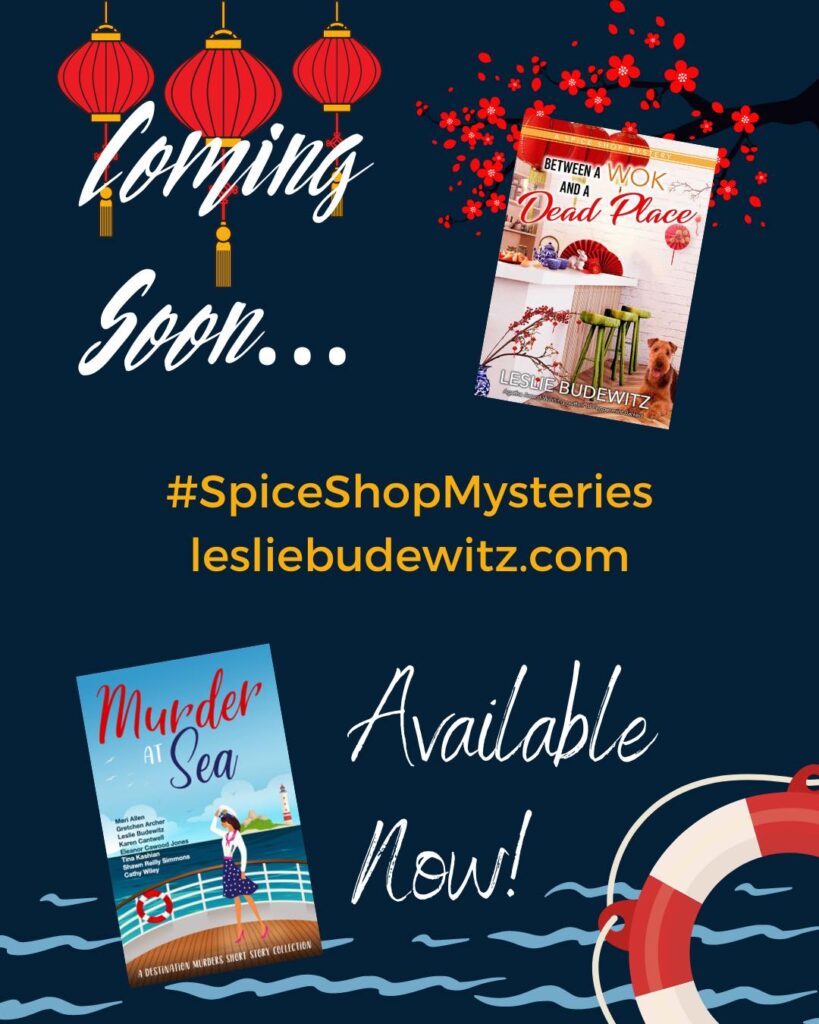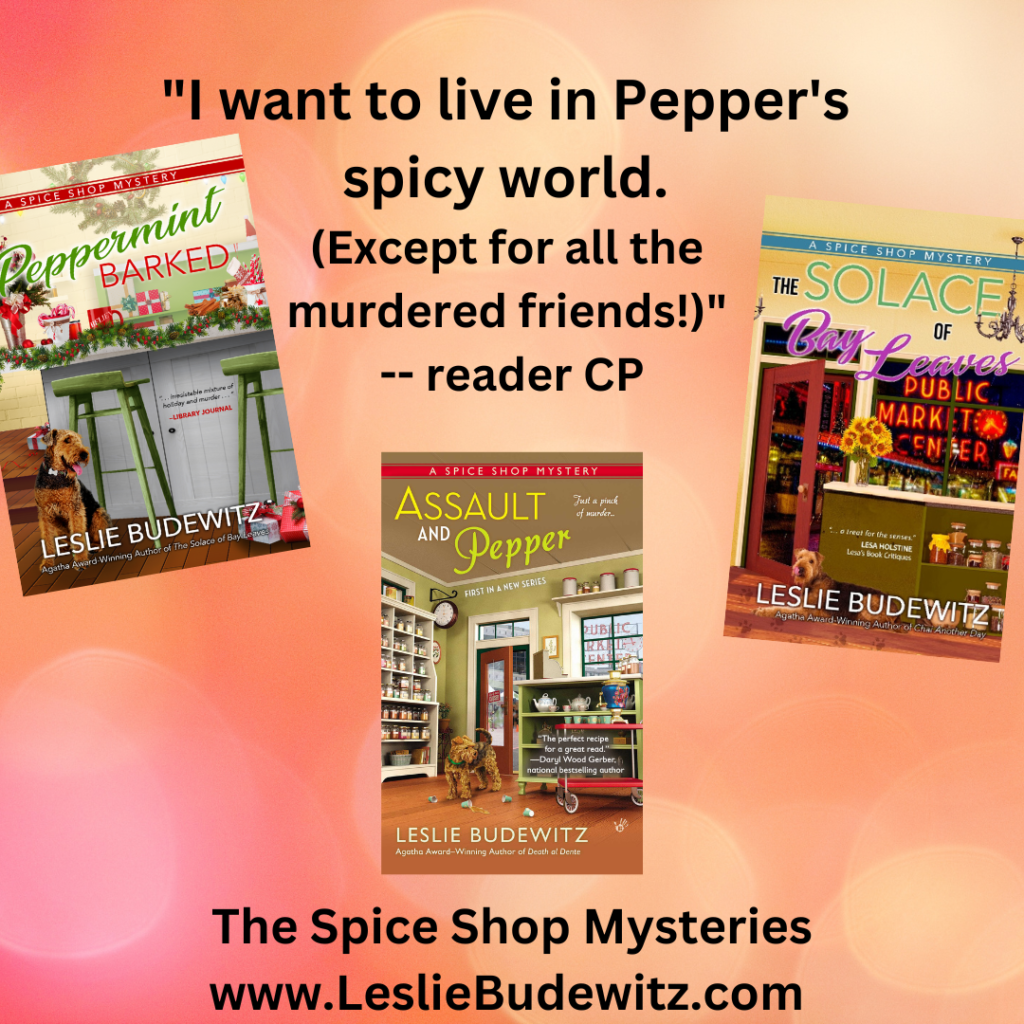Recently, I got a polite but generic email from an author with a new book just out, including a short, appealing description of the book and noting that it was available on NetGalley, along with a press release and a review. I do not know her; she does not appear to follow me on any social media, although we do both belong to one large national writers group. I can only assume – because she did not make a specific request – that she hoped I would download and review it. I’m not going to do that — I have enough to read. But I found myself feeling badly for someone who is clearly putting a lot of work into an approach I think is doomed to disappoint her. Ultimately, I decided the best response was to share a few of my thoughts on how newer authors can best approach established authors to ask for reviews, blurbs, guest post spots, and the like.
First, personalize your note. Address the author by name and show that you are familiar with their work. Explain how your books are similar and why you think that author’s readers will be interested in your book. If you’re part of the same group, or you follow the author online, say so.
Tell them what you want. Be specific. Acknowledge that they may not have the time and say you understand.
Do it early. If you want a blurb or a review, ask for it at least 2-3 months before publication – having it in hand in time to put it on your cover, website, or booklisting at least by the pub date is when it will do you the most good, because that’s when your book will get the most attention. Weeks after publication, the impact is diminished. Published authors know this, and if you give them plenty of time, they will be more likely to say yes.
Similarly, if you’re asking for a guest blog or podcast spot, do it early. Do your research – demonstrate that you understand what the blog or podcast does and that you can provide something interesting for readers or listeners.
A friend adds that if someone tells you no, don’t take it personally. They may truly be too busy — this time.
Be brief, be polite, be professional. Be part of the community. The more you engage with and support other authors, the easier it is to ask them for help – and the easier it is for them to say yes.









